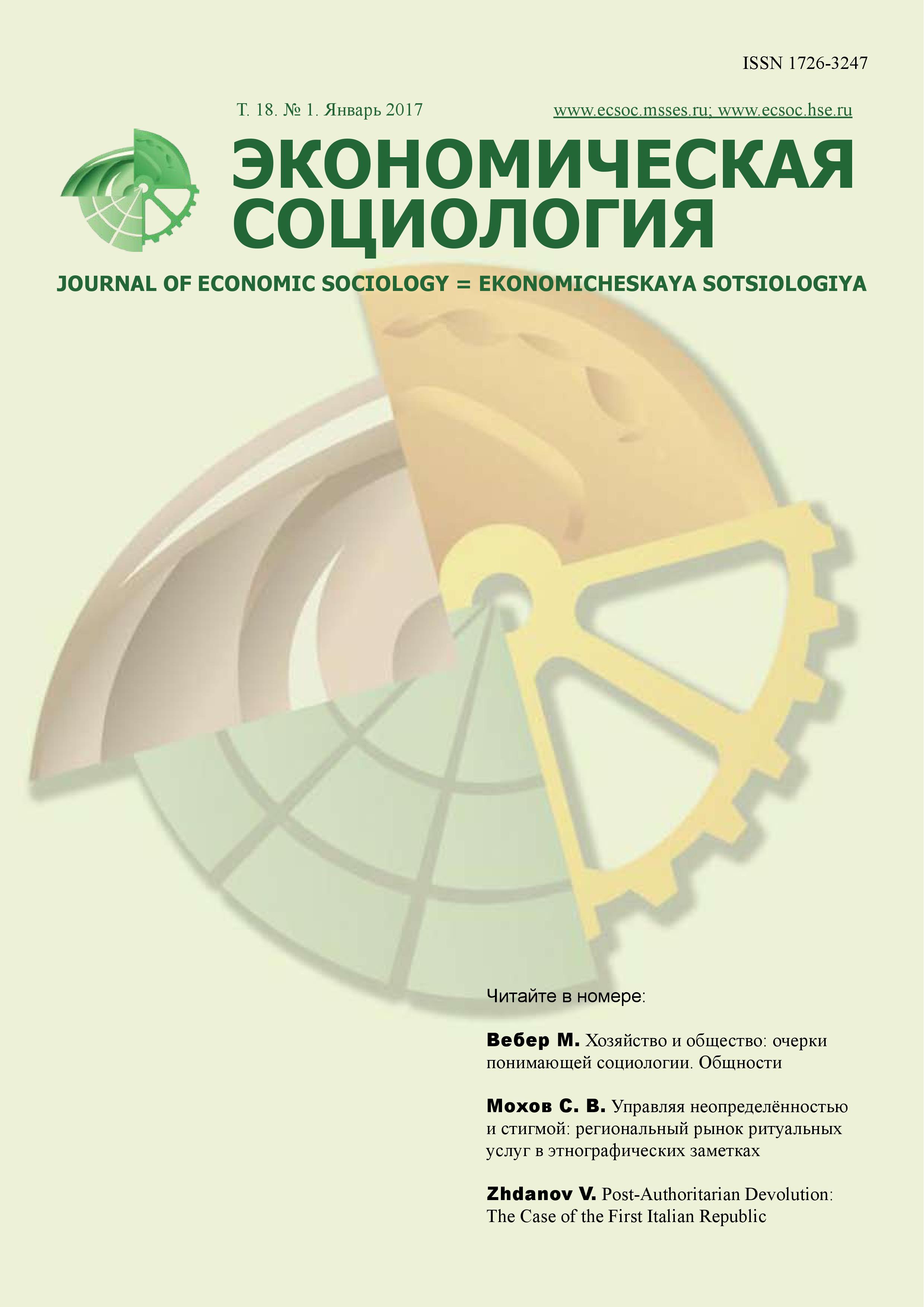Post-Authoritarian Devolution: The Case of the First Italian Republic
Abstract
Based on the comparative analysis methodology in its case study form, this article examines the origins, the design, and the consequences of territorial arrangements in Italy, i.e. a country in which settling the stateness problem coincided with the process of post-authoritarian transformation. This experience — particularly the pacted transition (although it was not explicitly pronounced in Italy despite the fact that the state never witnessed any post-war anti-fascist lustration of bureaucracy) — was later used as an example for the Spanish model of democratic reforms, which in turn became paradigmatic. This article traces the long-lasting impact of the historic bloc between the industrial bourgeoisie of the Italian North and the landlords of the Italian South (Mezzogiorno) that contributed to the conservation of the socioeconomic backwardness of the latter. Special attention is given to the influence of the structural constraints of international bipolarity that laid down the external framework of the so-called “Italian anomaly”, that is, the lack for almost half a century left-wing and right-wing political parties’ alteration in power. This anomaly delayed Italian regionalization despite its having been envisaged in the constitution. However, the objective socioeconomic demands of a welfare state created possibilities for the birth of regions in the early 1970s. The emergence of the Northern League gave a new dimension to Italian politics by radically reshaping its traditional structures. These developments, taken together with the cleansing of a corrupted Italian political class, the referendum of 1993, and the new electoral law ultimately caused the demise of the First Republic.













